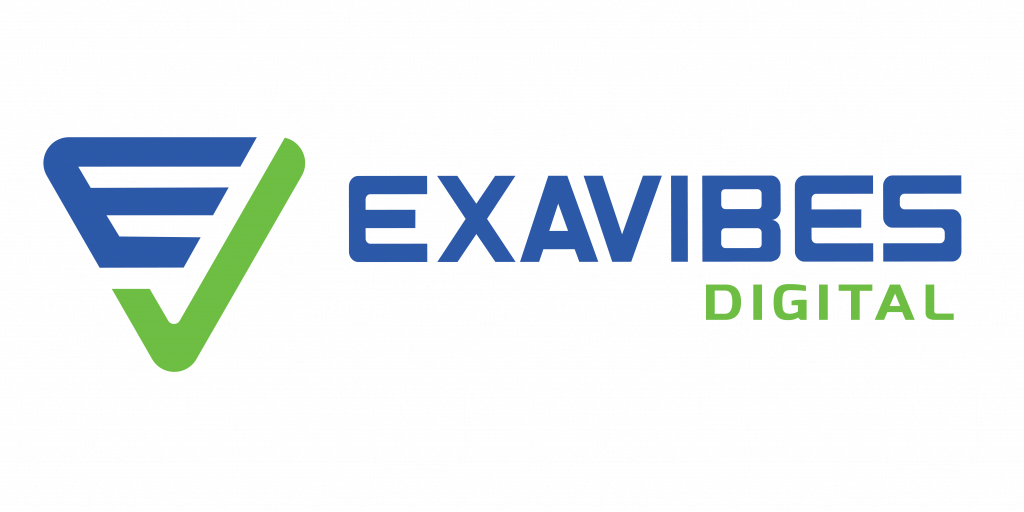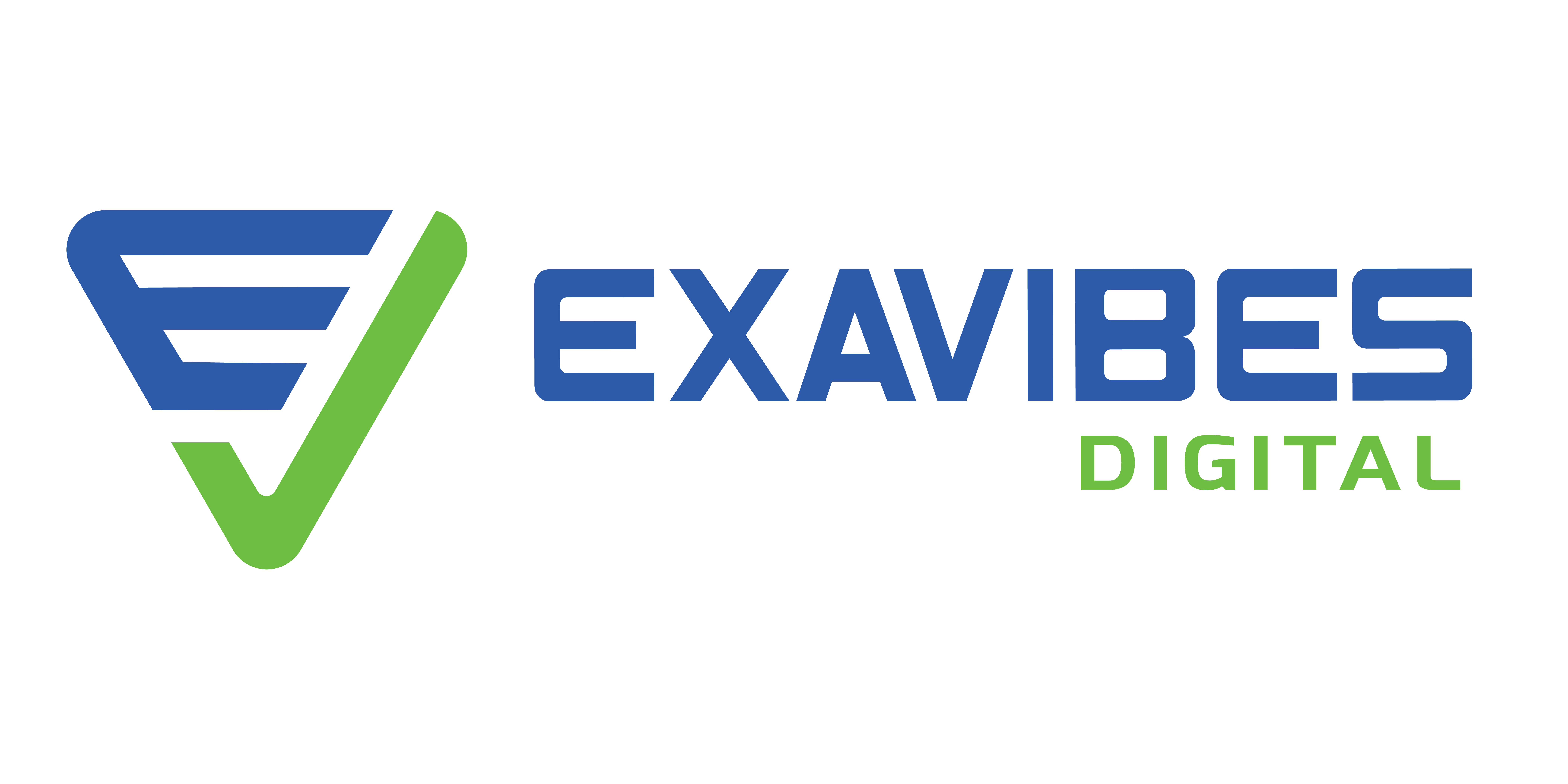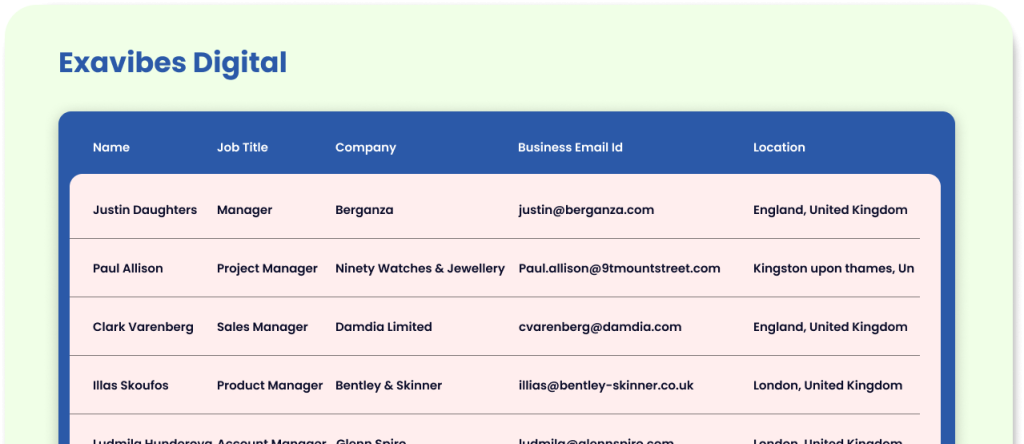Introduction
Search engine marketing (SEM) is the practice of maximizing a website’s visibility in search engine results pages (SERPs) by implementing both paid and unpaid strategies. When users conduct keyword searches on popular search engine platforms like Google and Bing, advertisers place bids on such terms. Search Engine Marketing (SEM) uses paid search engine advertising to raise brand awareness for products and services. Search engine marketing (SEM) refers to the practice of placing ads at the top of search engine results pages.
To enhance traffic, SEM mostly employs paid advertising via platforms like Google Ads and Bing Ads. Some fundamentals of SEM are as follows:
- The method relies on a study of keywords. The marketing team researches possible keyword phrases that will entice site visitors. Keyword research analyses and tools are used by search engine marketers, much like they are by SEO specialists, to determine which phrases customers are typing into search engines. They then pay the search engine for the placement of ads next to relevant search results.
- Paid search results from SEM are prioritized on the SERP.
- Pages that are accessible to web crawlers and that feature trust signals, such as inbound links, are advantageous to search engine optimization (SEO).
Reach Your Clients Instantly
Search engines are the starting point for 93% of all online exertion. That means your ideal client is using search engines to look for you (or someone like you). Paid search advertisements on Google are commonly referred to as Search Engine Marketing. As a short-term tactic, this method can help get your brand and its items noticed quickly. Instead, your adverts will only be shown to people who are looking for what you provide. This means that if your ad appears, the consumer is already in the process of making a purchase decision related to your product area. In contrast to organic SEO results, purchased adverts can get you in front of your target demographic right away.
Increase Brand Awareness
In Google Search Ads, the ad’s headline, description, display URL, or extension links can all feature the advertiser’s brand name. Your ad will appear ahead of organic results regardless of where in the research process the consumer is currently engaged. As a result, your website will receive targeted visitors. You can see what people are typing into search engines to reach your website with the use of tools like Keyword Planner, Semrush, Spyfu, Wordstream, etc. Since these sponsored SEM ads tend to populate the top positions of search engine results, they help spread recognition of a business.
Create Geo-Targeted Search Ads
With SEM, you may narrow your focus to a certain geographic area. Advertisements may be written in any number of languages, and their placement may be tailored to any city, county, or region on the planet. If a searcher is too far away, they won’t even be considered. People in the neighborhood are often looking for local services. Perhaps this explains why Google’s ‘near me’ and ‘where to buy’ search results have increased by 200% in the past two years.
Implement And Manage Ads Easily And Quickly
Ads on paid search engines can be made and handled fast and with little effort. With Google advertising, you may start and stop your advertising whenever you like thanks to the flexibility of their scheduling system. A campaign can be initiated or terminated at any time. Setting a budget and deciding on a set of goals is also a breeze. All of the choices will be laid out clearly for your perusal. If you find yourself juggling too many campaigns at once, you can even schedule them. Spending some time at the outset learning about the system will be helpful.
Select The Right Audience Through Optimized Ads
One of the most important advantages of SEM is the quick turnaround it provides. If you want to attract customers, you need to be found online. Search engine marketing (SEM) allows firms to target clients with precision since it takes into account the context of their searches. To maximize the effectiveness of your advertising, you can restrict its visibility to only those users whose queries contain terms closely linked to the ones you offer. However, getting to the top of search results through natural means is a slow process. The good news is that if you have enough money to spend on a bid, high-quality keywords, and a compelling landing page, you can quickly rise to the top of the paid results.
Increase Traffic Through Ad Visibility
Owners of websites constantly await their first visitors. If that’s the case, you can count on this particular SEO perk to come in handy. A stronger internet profile naturally means more visitors to your website. More visitors do more than just raise awareness for your company; they also assist you bring in more potential customers. As a result, your website will receive targeted visitors. You can see what people are typing into search engines to reach your website with the use of tools like Keyword Planner, Semrush, Spyfu, Wordstream, etc. Google Trends is another resource for findings. That’s why you’ll get tons of targeted visitors. With this method, your company can increase sales and profits.
Pay only when there is an action
This is the most well-recognized monetary gain from all the advantages of SEO we’ve explored so far. In contrast to social network advertising, you’ll only be charged for clicks once your ad has been placed online. Since you are only obligated to pay in the event of a successful legal claim, you are left wide open to risk. You won’t be paid a dime even if nobody clicks or takes any action as a consequence of this, and you’ll still have raised awareness. Thus, it’s one of the financial benefits of search engine marketing that creates a win-win circumstance for all parties involved.
Appear On Competitors’ Related Keywords
If you want to outrank your competitors on search engines, SEM is the way to go because it allows you to directly target keywords used by competitors and display them on the search queries. Search engine optimization best practices include making search adverts that are activated when users search for terms related to a competitor’s products or services. This will ensure that you rank highly for such keywords, increasing the likelihood that you will win over customers from your rivals. In this method, you can prevent leads from going to your rivals. To outrank the competition, you need to do in-depth research on the keywords they are using and allocate a sufficient marketing budget.
Assess Your Skills and Abilities
Ad campaign evaluation is a time-consuming and expensive process in the real world. They call for research methods like questionnaires and interviews. Keyword performance, ad impressions, click-through rates, and other useful metrics are all readily available on SEM systems like Google Ads. Information on the top-performing ads in terms of impressions, clicks, Click-Through-Rate (CTR), top-performing keywords, and so on is readily available in Google Ads. Determine what needs to be optimized for future success by analyzing your campaign’s results in light of your stated goals.
Conclusion
In conclusion, Search Engine Marketing (SEM) is a powerful and effective method for companies to boost their online presence and quickly expand their customer base. SEM combines paid and unpaid methods to boost a brand’s visibility in SERPs and strengthen connections with its intended audience. The most important points in the debate are as follows.
With SEM, companies may rapidly connect with prospective buyers who are conducting relevant product or service searches. Paid search advertising is an effective method of getting your brand in front of consumers who are actively looking for it.
Improved Brand Recognition: SEM allows companies to rise to the top of search engine results pages. Because of this boost in exposure, firms will be seen as more credible and authoritative by their target audiences.
Advertising that is tailored to a given region’s residents is made possible by search engine marketing (SEM). This is especially helpful for companies that sell location-based goods or services, as they can target clients who are already in the area and looking for answers.
Tools for creating, managing, and keeping tabs on advertising campaigns are readily available on SEM platforms like Google Ads. Because of this adaptability, organizations can swiftly alter their strategy in response to shifting market conditions and their own goals.
One of the main benefits of search engine marketing is its ability to precisely target audiences through the use of keywords and user queries. This level of specificity in targeting guarantees that marketing efforts are focused where they will have the greatest impact.
SEM helps drive more people to your website by making your brand more visible when people use search engines. Brand awareness is boosted and new leads and customers are created thanks to this influx of qualified visitors.
With SEM’s pay-per-click model, companies only pay when users click on their ads, making it a more economical choice than more conventional forms of promotion.
Using search engine marketing, businesses can outrank their rivals by strategically targeting keywords related to their products and services. Businesses can win over clients who might have gone with a competitor by ranking highly for these terms.
Insights Driven by DataSEM solutions let organizations analyze metrics like impressions, click-through rates, and the efficacy of keywords, providing invaluable insights into campaign performance. Future optimization efforts can be more fruitful with this information.
Even as digital marketing evolves, SEM continues to be an indispensable tool for companies that need to reach customers quickly, raise brand awareness, and make the most of their limited resources. SEM allows businesses to engage with their target demographic, differentiate themselves in saturated markets, and increase revenue.


